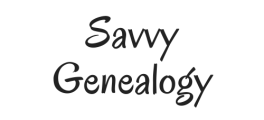How do I Find Norwegian Place Names?
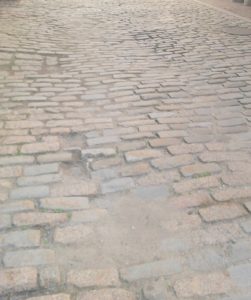
Hi Friends! I hope everyone has had a good week. I have had an excellent week searching for ancestors. Of course my life isn’t all about ancestors, but that’s my most favorite part besides my family!
Let’s talk more about Norway and its people shall we? In fact, just like the title says, let’s talk more about Norwegian place names. Now I talked a little about this topic in a previous post here, but I want to go more in depth on this post.
Let’s Review
Let’s review what has already been discussed. Norway has a past tradition of putting place names behind surnames to distinguish one person from another person with the same name. For example, Jens Nielsen Vikdal is different from Jens Nielsen Stolsmark. It wasn’t until the government enforced people to have permanent names that this tradition died out. Even then, it took many years for people to accept permanent names. Therefore, you will still find people with place names behind their surname long after permanent names were established.
Just to clarify, permanent names means that a person chose a surname that will be the same surname in every generation. Unlike passing down the father’s first name and adding the “sen” or “datter” ending to it for every generation. So instead of having Jens Nielsen pass on his first name to his son Peder to make his surname Jensen, Jens would choose to keep Nielsen as the permanent name. So Peder would now be Peder Nielsen instead of Peder Jensen. It may sound confusing now, but I promise it’s not as complicated as it sounds! Just know, that Norwegians today don’t have multiple names. They just pick the first name and have a permanent name now. We only have to deal with name changes in genealogy. Yay…!
Where do I start
Let’s say you found a census record from Norway that has Carl Eriksen born around 1881 in Drøbak, Norway. Yes! We now have a clue of where he was born so that we can find his birth record. However, where is Drøbak? Where would you go to look for that? You could try Googling it and see where that leads. If the town still exists, Wikipedia would be a great place to learn about the history, current demography, and attractions of the town. It’s a great place to start. However, it doesn’t help you find your ancestor’s birth record.
What do I do Next
To find a genealogical record or how to locate one, I would go to FamilySearch.org Wiki for those answers. Their Wiki has information on each of Norway’s parishes, towns, and counties for genealogical purposes.
So let’s go to familysearch.org/wiki and type in Drøbak in the search bar in the top right corner. In this case, it leads you to the actual parish page for Drøbak Parish, Akershus, Norway. It sounds pretty easy right? Not always. This one happens to be the right parish page that you need. In other cases you would have to do some detective work to narrow down your choices and take an educated guess as to the right place name. For example, when you type in Vikedal, Norway, it comes up with a list of possible places. You then have to determine which one is right for you. So it’s not without some work, but in my opinion this is the best place to go to find place names for you ancestors.
Need an Example?
Here is a snapshot of the Drobak Parish page.
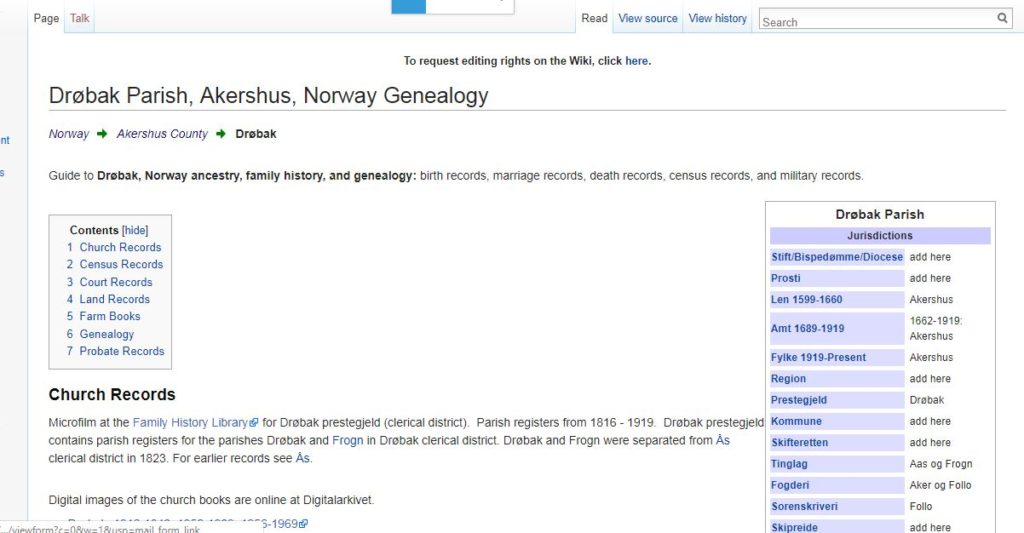
So let’s look at what this page tells you. In the upper left corner you see a blue rectangle saying Contents. That rectangle means what this page has to offer in learning about this parish. It will tell you about church records, census records, court records, etc. and where to find them. It may even have a link that works that will take you directly to the original records website. In addition, the page has links in the upper left corner for Norway and Akershus pages. These will help you see a map of where drobak fits into Norway geography among other information.
What Next?
Once you find the Parish page that has your ancestor’s place name, then you can go to Norway’s Digital Archive and find the original record.
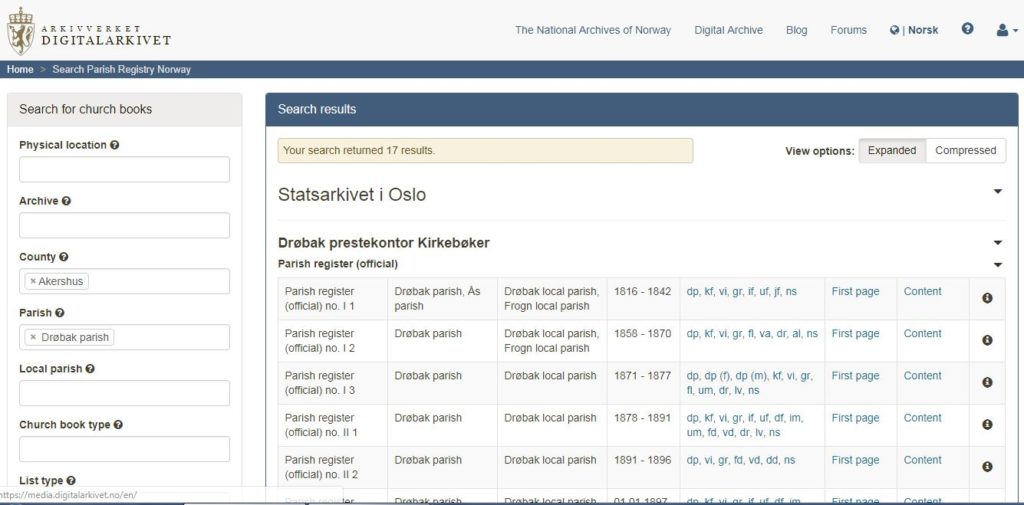
So this image shows the actual parish registry for Drøbak Parish. Some of the words are in Norwegian so you might want your Google translator handy as you navigate the page. From here, you find the birth year that Carl was born, 1881, in the registry. You can see it fourth line down, parish registry 1, 1878-1891. The next column shows what is in the registry. These are Norwegian abbreviations for births, marriages, confirmations, burials, etc. You can just go to the far right and click on Content to get you here.
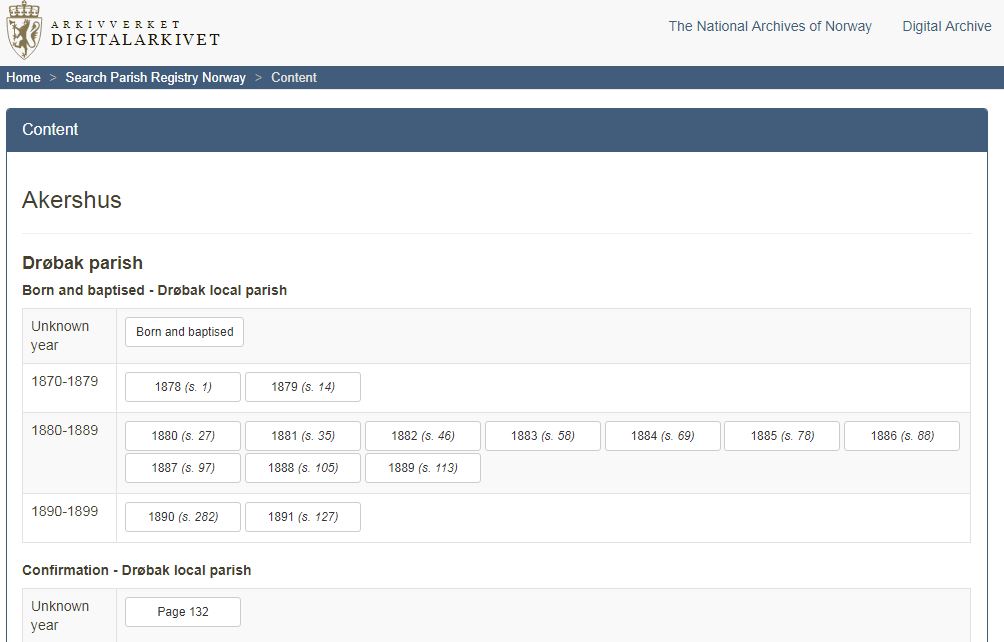
Now you can see that you are in the birth registry part of the book. This is where your place name can take you when you go down these steps. All you do from here is find the year 1881 and open it up. It will take you to the original scanned birth records. Then you will go page by page and just focus on the child’s birth name column until you find the name Carl. Then check the next column to see if the parents match the ones on the census record that you found. You don’t need to know Norwegian to find the record. Just focus on those two columns, the birth name and the parent’s names. Hopefully, in the end you will find this…

Summary
This is why place names are so important for Norwegian genealogy. Place names will lead you to valuable church records that will help you find more family members to add to your collection. So find your place name in FamilySearchWiki, then go to Norway’s Digital Archive to find the original record. You can do it!
As always, good luck and happy hunting!
Tiffany
familysearch.org, Norway, Norway Archives, place names, wiki
